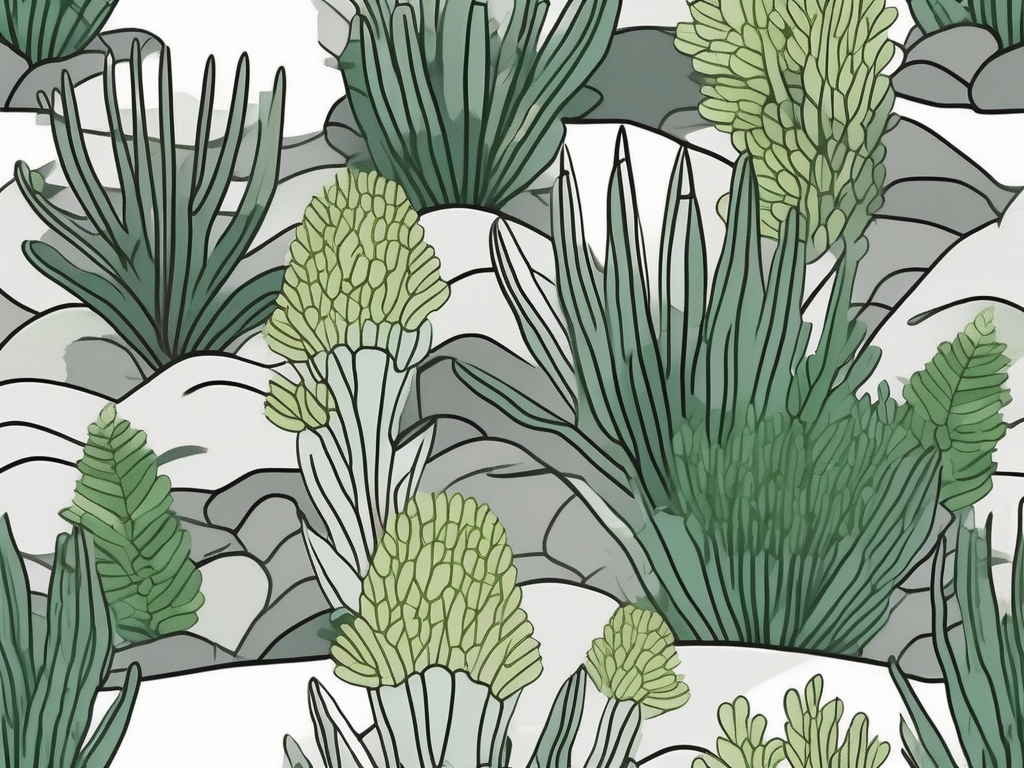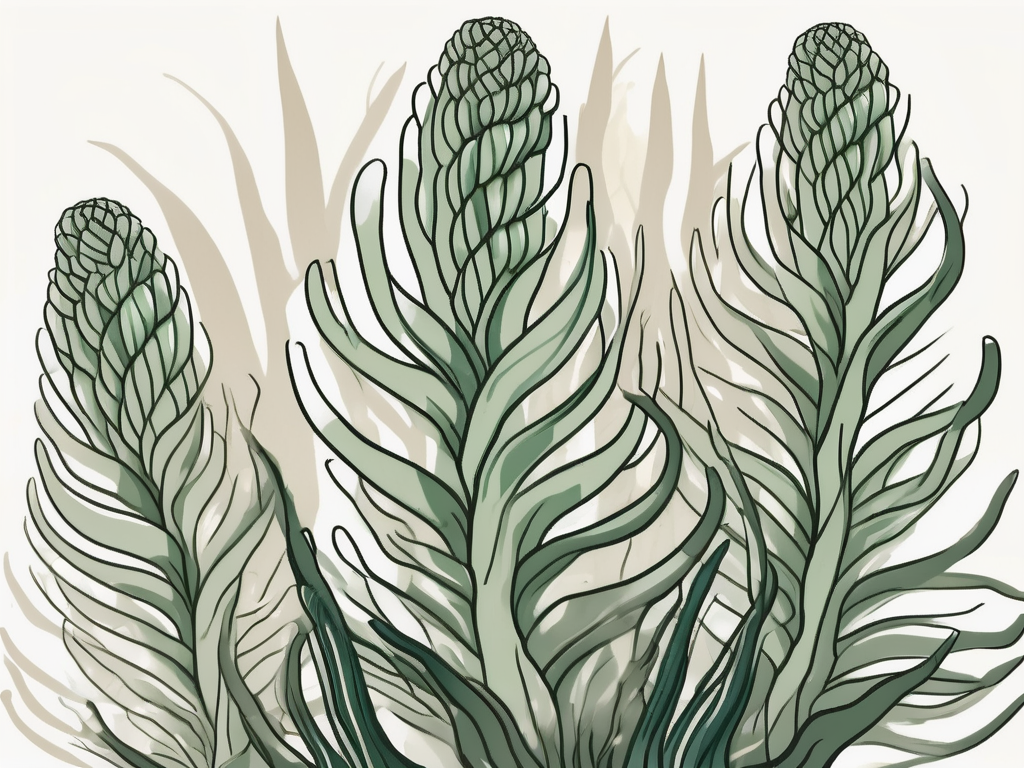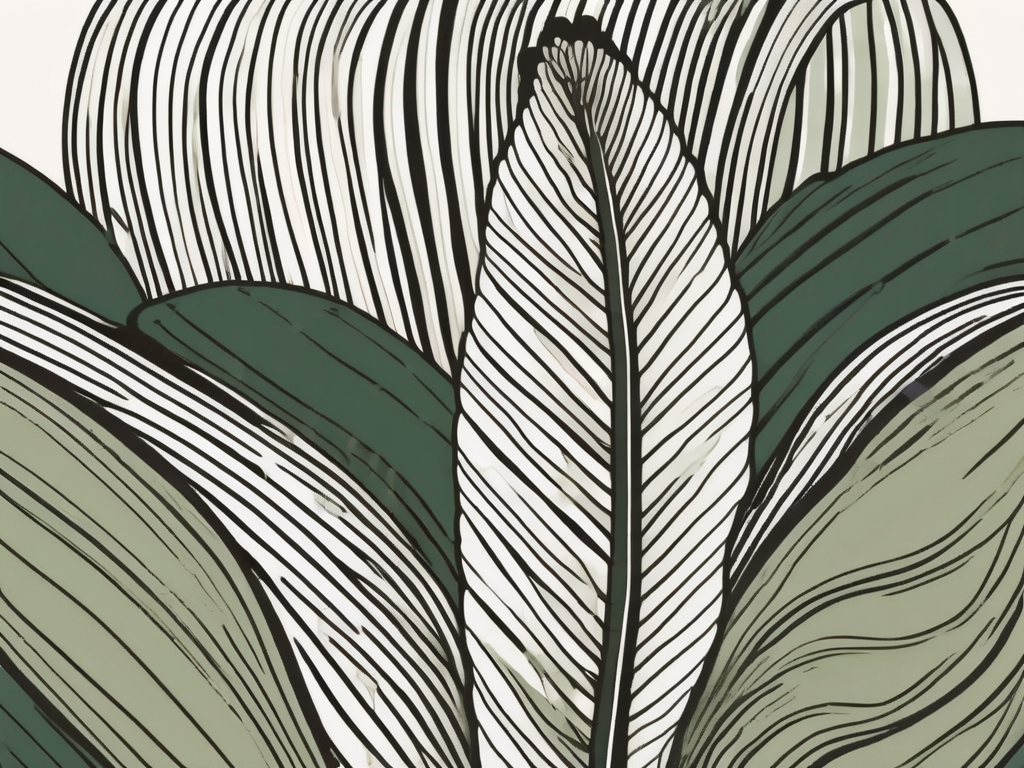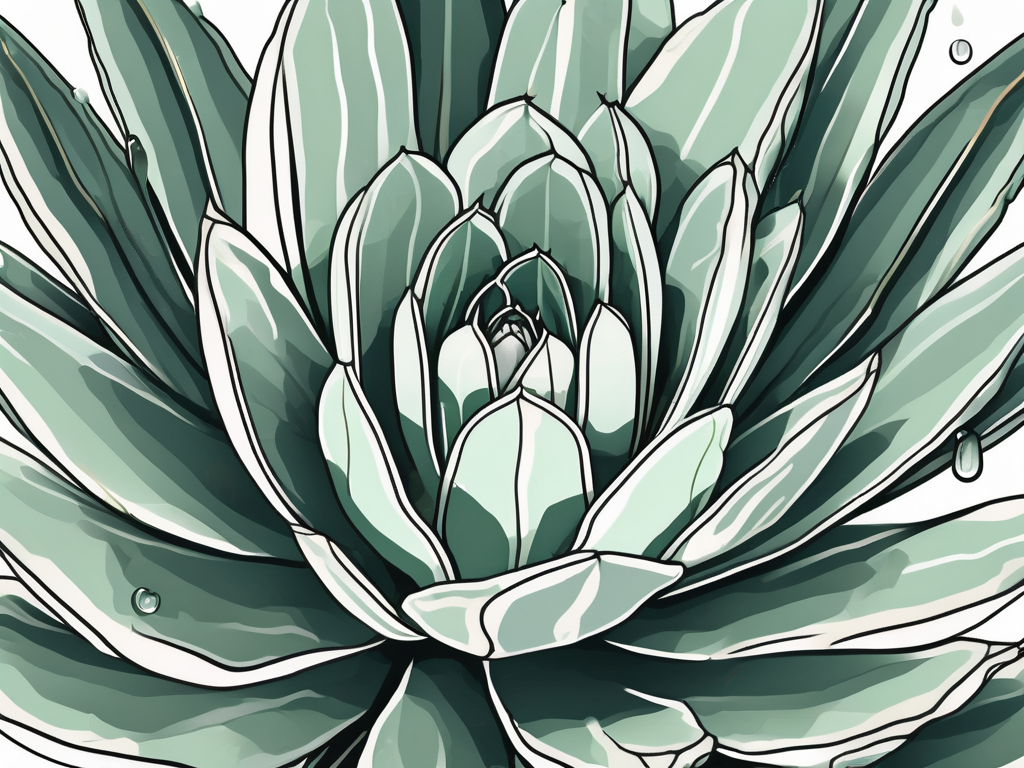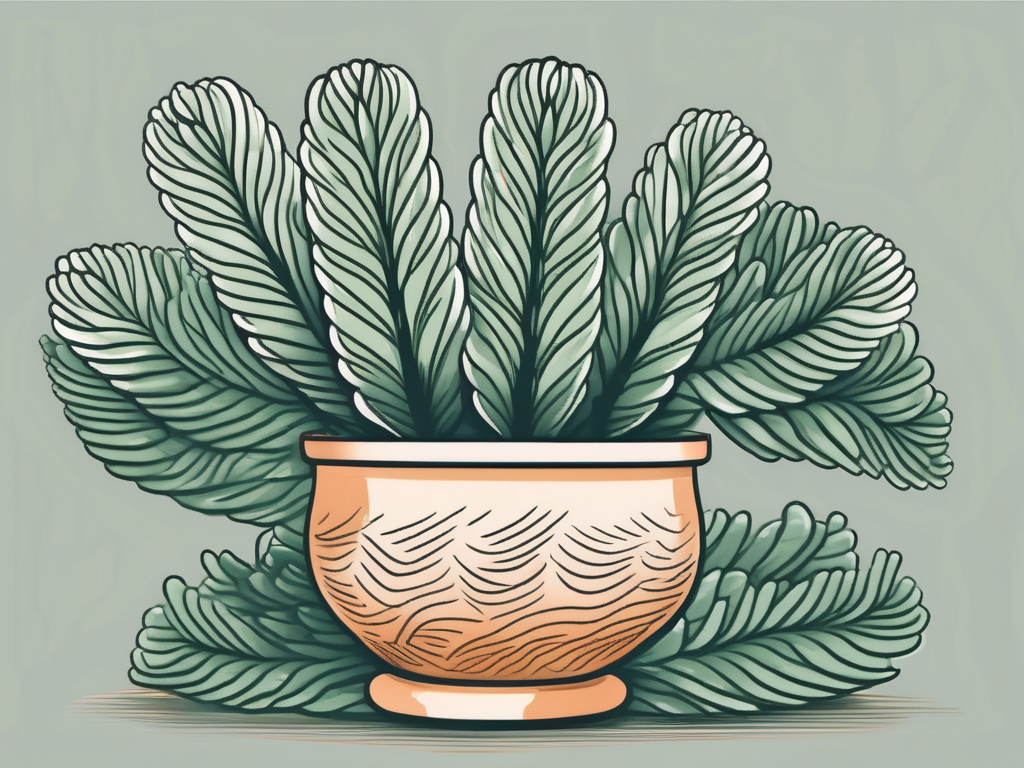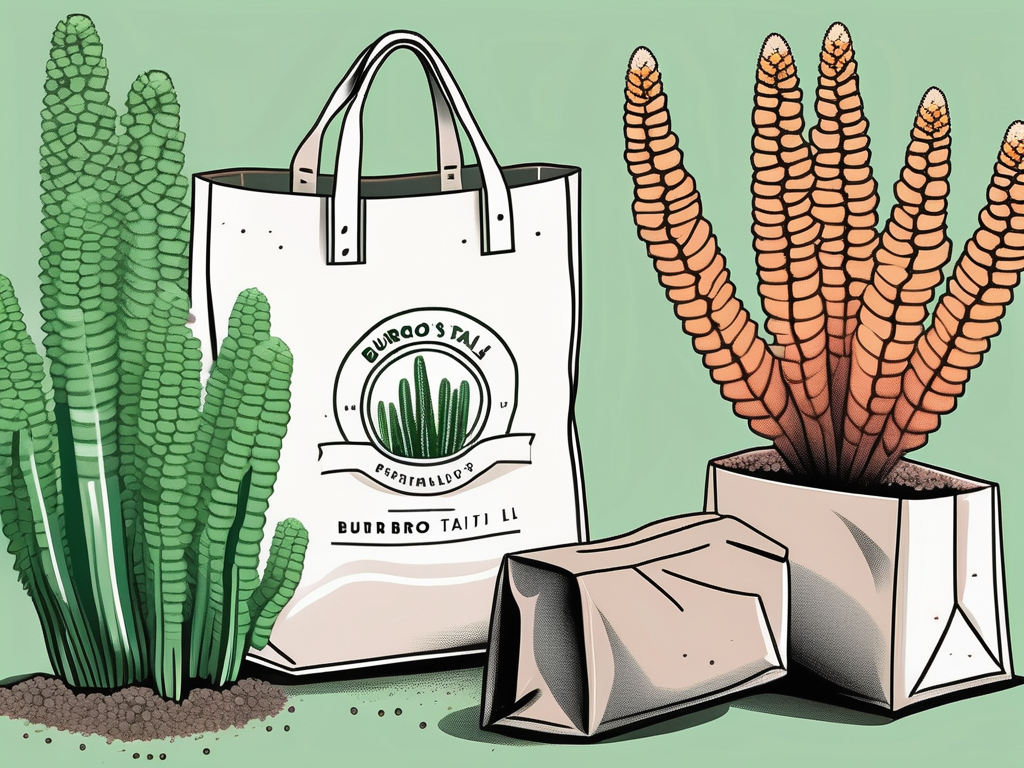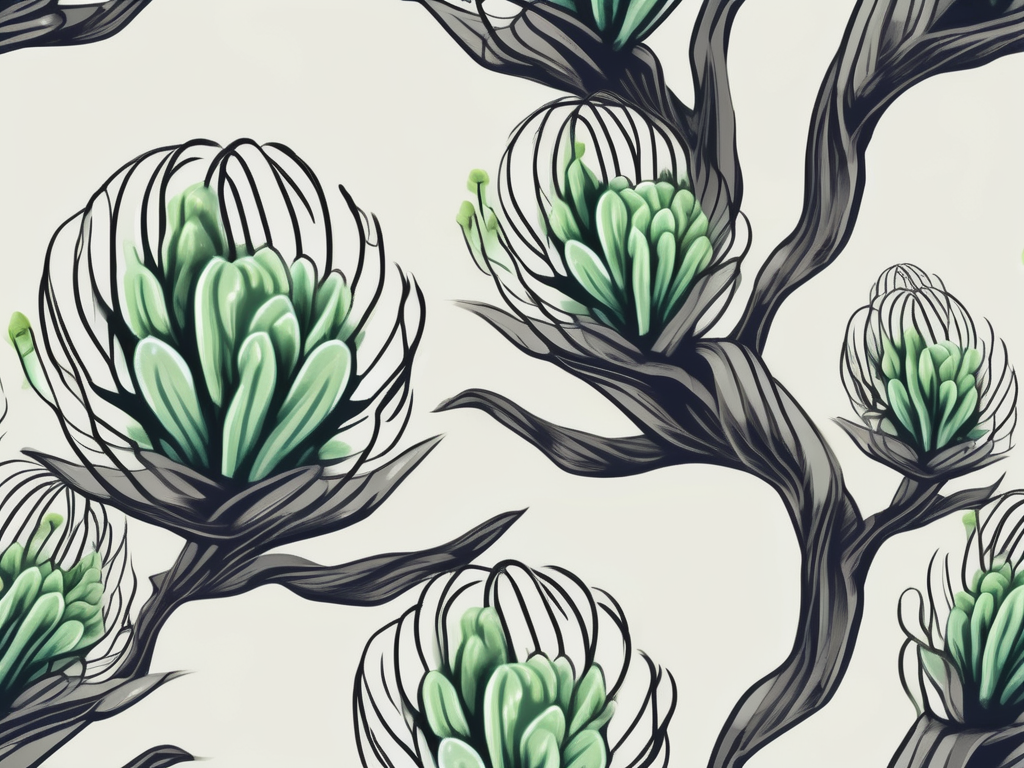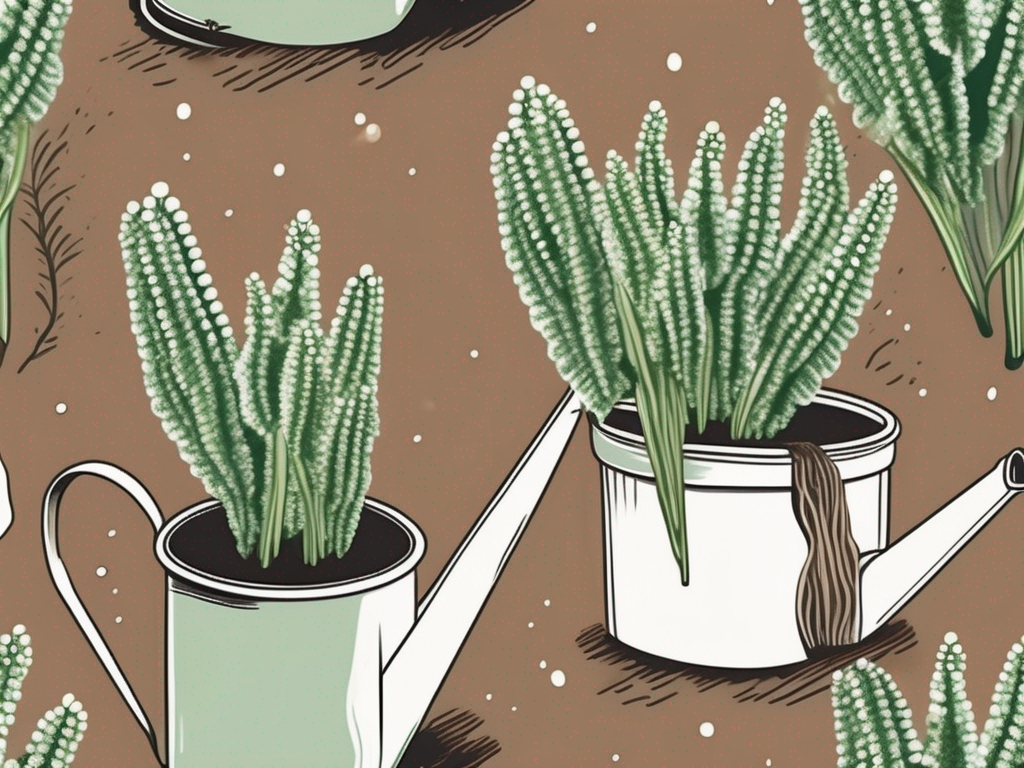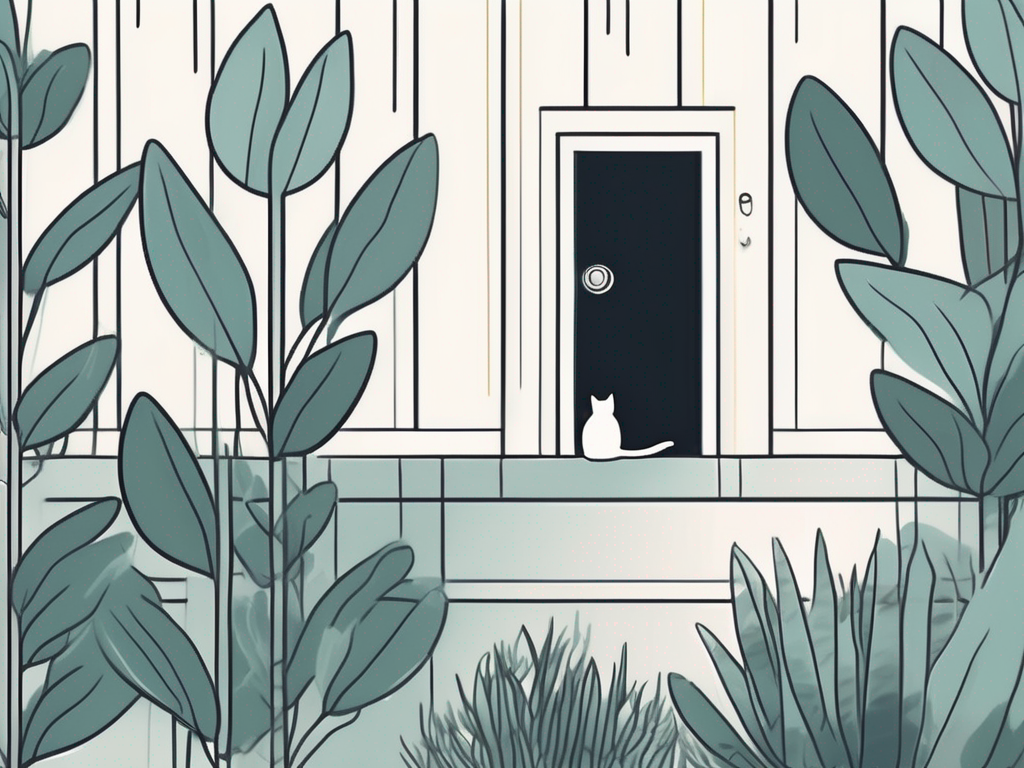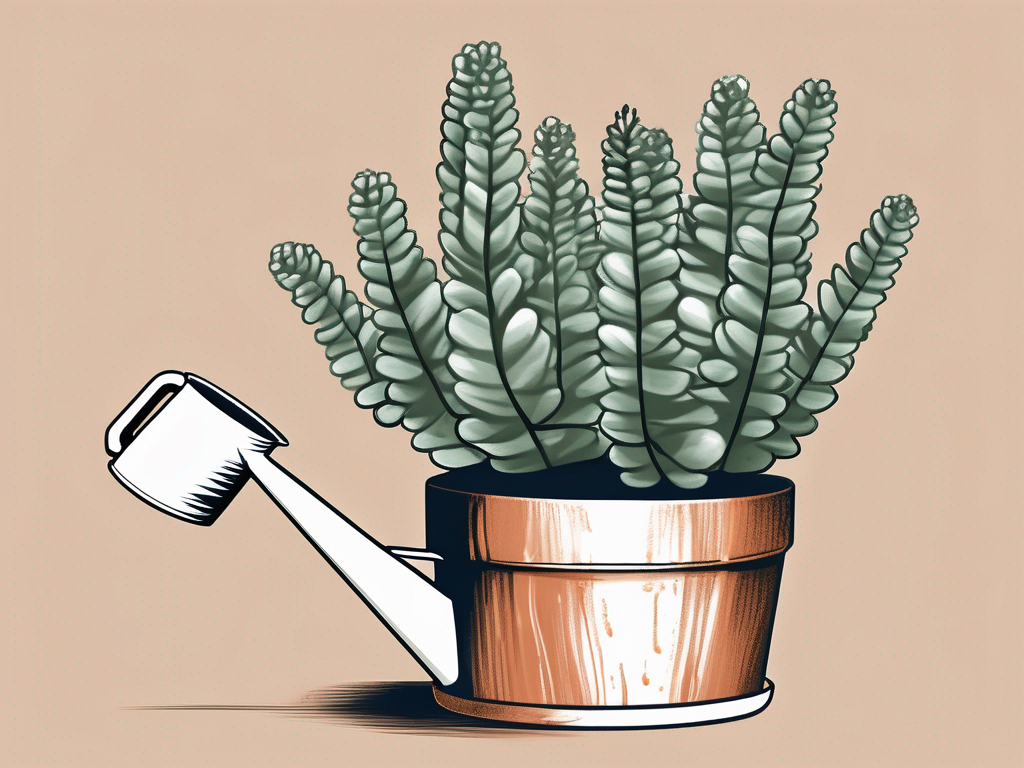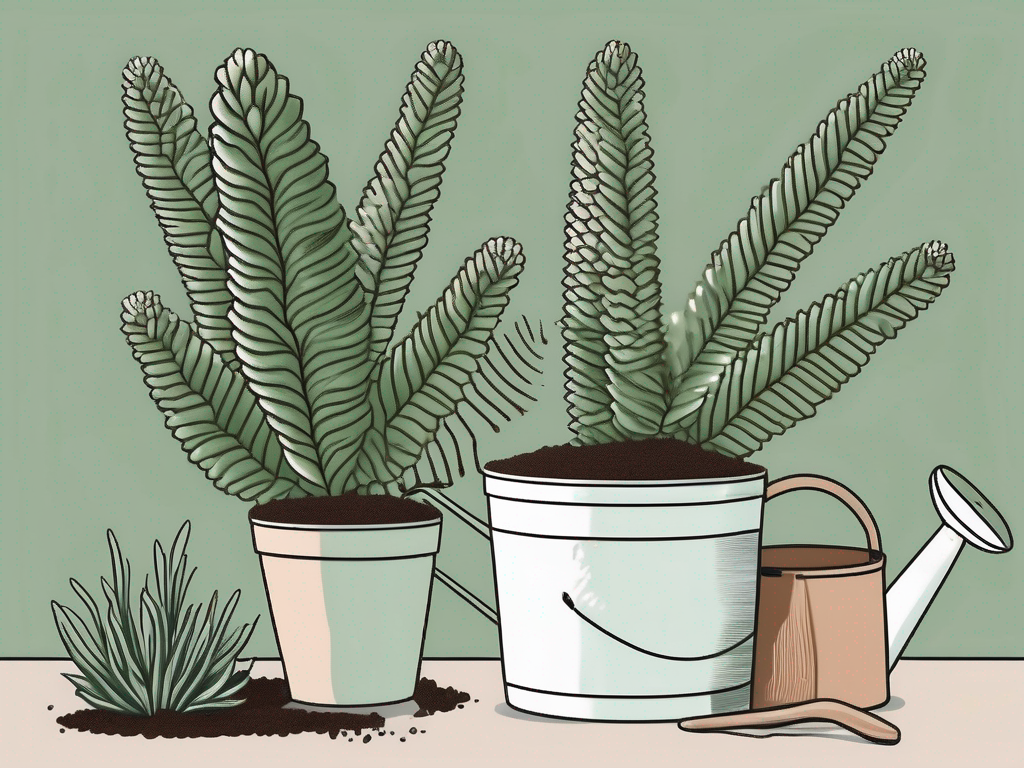
Burro’s Tail, also known as Sedum morganianum, is a delightful succulent that can add a touch of whimsy to any indoor garden. With its trailing stems and plump, bead-like leaves, it’s no wonder this plant has captured the hearts of plant lovers everywhere.
In this post, we’ll chat about everything you need to know to keep your Burro’s Tail looking its best. From light and water requirements to potting and pest control, I’ve got you covered with practical tips and insights.
Getting to Know Your Burro's Tail
First things first: let's get acquainted with the star of the show! The Burro’s Tail is a native of southern Mexico and Honduras, where it thrives in warm, dry climates. It’s a member of the Crassulaceae family, which is known for its hardy, drought-tolerant plants.
This succulent is particularly popular for its unique appearance. Its long, trailing stems can reach up to two feet in length, and they’re covered in small, fleshy leaves that resemble tiny beads or teardrops. These leaves have a soothing blue-green hue, making them a lovely addition to any room.
But don’t let its delicate looks fool you—Burro’s Tail is a resilient plant that can withstand a bit of neglect, making it a great choice for those who may not have the greenest thumb. So if you’re just starting out on your plant journey, this is one you might want to consider!
Light Requirements
Burro’s Tail is a sun-loving plant, so it thrives in bright, indirect light. It’s important to find the right balance, though. Too much direct sunlight can scorch its leaves, while too little light can cause the plant to become leggy and lose its compact form.
Here are some tips to help you find the sweet spot:
- East or West-facing windows: These are ideal for Burro’s Tail, as they provide plenty of bright, indirect light without the harsh midday sun.
- Avoid South-facing windows: If you must place your plant in a south-facing window, try using a sheer curtain to diffuse the light.
- Supplement with artificial light: If your home doesn’t get much natural light, consider using a grow light to give your Burro’s Tail the light it needs to thrive.
Remember, your plant will let you know if it’s not happy with its lighting conditions. If you notice the leaves starting to stretch or drop, it might be time to adjust its placement.
Watering Your Burro's Tail
When it comes to watering, think of your Burro’s Tail like a camel—this plant prefers to store water in its leaves and can go for weeks without needing a drink. Overwatering is one of the most common mistakes people make with this plant, so let’s talk about how to get it just right.
Here are some watering tips to keep in mind:
- Check the soil: Before watering, stick your finger into the soil about an inch deep. If it feels dry, it’s time to water. If it’s still damp, hold off for a few more days.
- Water thoroughly: When you do water, make sure to give your plant a good soak. Let the water drain completely from the pot to avoid soggy roots.
- Adjust for the seasons: During the growing season (spring and summer), your Burro’s Tail will need more frequent watering. In the fall and winter, when the plant is dormant, you can cut back significantly.
Remember, it’s always better to underwater than overwater with this succulent. If you’re unsure, err on the side of caution and wait a few more days before watering again.
Choosing the Right Soil
The right soil can make all the difference for your Burro’s Tail. This plant prefers well-draining soil, as its roots can easily rot if left sitting in water. The best option is a cactus or succulent mix, which is specifically designed to prevent excess moisture retention.
If you can’t find a pre-made mix, you can create your own by combining potting soil with perlite or coarse sand. Aim for a ratio of about 2:1, with more potting soil than perlite or sand.
Avoid using regular potting soil, as it tends to hold onto moisture longer than your Burro’s Tail would like. And while you’re at it, make sure your pot has drainage holes to allow excess water to escape.
Potting and Repotting
Burro’s Tail grows relatively slowly, so it doesn’t need to be repotted very often. In fact, it usually prefers to be a bit root-bound. However, if you notice roots poking out of the drainage holes or the plant becoming top-heavy, it might be time for a new home.
When choosing a new pot, go for one that’s only slightly larger than the current one. Too much extra space can lead to overwatering issues. Terra cotta pots are a great choice, as they allow excess moisture to evaporate more easily.
When it’s time to repot, handle your Burro’s Tail with care. The leaves are quite delicate and can fall off with even the slightest touch. If you need to, gently lift the plant from its current pot and place it into the new one, adding fresh soil around the edges.
Dealing with Pests
Pests can be a nuisance for any plant parent, and unfortunately, Burro’s Tail is not immune. The most common culprits are mealybugs and aphids, which can be identified by the sticky residue they leave behind.
Here’s how to tackle these pesky invaders:
- Identify the problem: Check your plant regularly for signs of infestation, such as discolored leaves or a sticky residue on the stems.
- Isolate the plant: If you suspect a pest problem, move your Burro’s Tail away from other plants to prevent the infestation from spreading.
- Treat with insecticidal soap: This is a gentle yet effective way to get rid of pests. Simply spray the affected areas, and the soap will suffocate the insects.
- Consider natural remedies: You can also try using a mixture of water and dish soap or neem oil as a natural pesticide. Just be sure to test it on a small area first to ensure it doesn’t damage the plant.
Once the pests are gone, keep an eye on your plant for any signs of reinfestation. Regularly cleaning the leaves with a soft cloth can help keep pests at bay.
Propagation Tips
Propagating Burro’s Tail is a fun and rewarding process, and it’s a great way to share your plant with friends or expand your own collection. The easiest method is through leaf cuttings, which can be done in just a few simple steps.
Here’s how to propagate your Burro’s Tail:
- Select healthy leaves: Look for plump, unblemished leaves to use for propagation. Gently twist them off the stem, taking care not to damage the base.
- Let them callous: Allow the leaves to sit out for a few days until the cut ends have calloused over. This helps prevent rot during the rooting process.
- Place in soil: Once the leaves are calloused, place them on top of a well-draining soil mix. You don’t need to bury them—just let them rest on the surface.
- Water sparingly: Keep the soil lightly moist but not soggy. After a few weeks, you should start to see roots forming, followed by new growth.
Patience is key when it comes to propagation, so don’t worry if it takes a little while for your new plants to take off. With time and care, you’ll have a whole family of Burro’s Tails to enjoy!
Designing with Burro's Tail
Now that you’ve got the hang of caring for your Burro’s Tail, let’s talk about how to incorporate it into your home decor. This plant’s trailing stems make it perfect for hanging baskets or high shelves, where it can cascade down like a living curtain.
Here are a few ideas to inspire your indoor garden:
- Hang it high: Place your Burro’s Tail in a hanging planter near a window for a stunning, sun-kissed display.
- Mix and match: Pair your Burro’s Tail with other succulents or trailing plants to create a diverse and eye-catching arrangement.
- Accent a bookshelf: Let the plant trail down the side of a bookshelf or cabinet for a touch of natural beauty.
- Create a centerpiece: Use a shallow bowl to create a succulent centerpiece, with the Burro’s Tail as the star of the show.
Don’t be afraid to get creative and experiment with different displays. The Burro’s Tail is a versatile plant that can add charm and character to any space.
Common Challenges and Solutions
Even with the best care, you might encounter some challenges with your Burro’s Tail. Here are a few common issues and how to address them:
- Leaf drop: If your plant is dropping leaves, it could be due to overwatering or sudden changes in environment. Check the soil moisture and adjust your watering schedule as needed.
- Stretching (etiolation): This occurs when the plant isn’t getting enough light. Move it to a brighter location to encourage more compact growth.
- Yellowing leaves: This can be a sign of too much water, so be sure to let the soil dry out between waterings.
- Pests: As mentioned earlier, keeping an eye out for signs of infestations and treating promptly can prevent major issues.
Remember, no plant is perfect, and it’s normal to encounter a few bumps along the way. The important thing is to learn from these experiences and adjust your care routine as needed.
Final Thoughts
Burro’s Tail is a delightful addition to any plant collection, offering unique beauty and a bit of a challenge for those who enjoy caring for succulents. With the right light, water, and attention to detail, you’ll have a thriving plant in no time.
At Cafe Planta, we’re here to support you on your plant journey. Whether you need advice or are looking to add to your collection, feel free to reach out via email or connect with us on Instagram. We’re passionate about helping you create a beautiful, plant-filled home. Happy planting!














